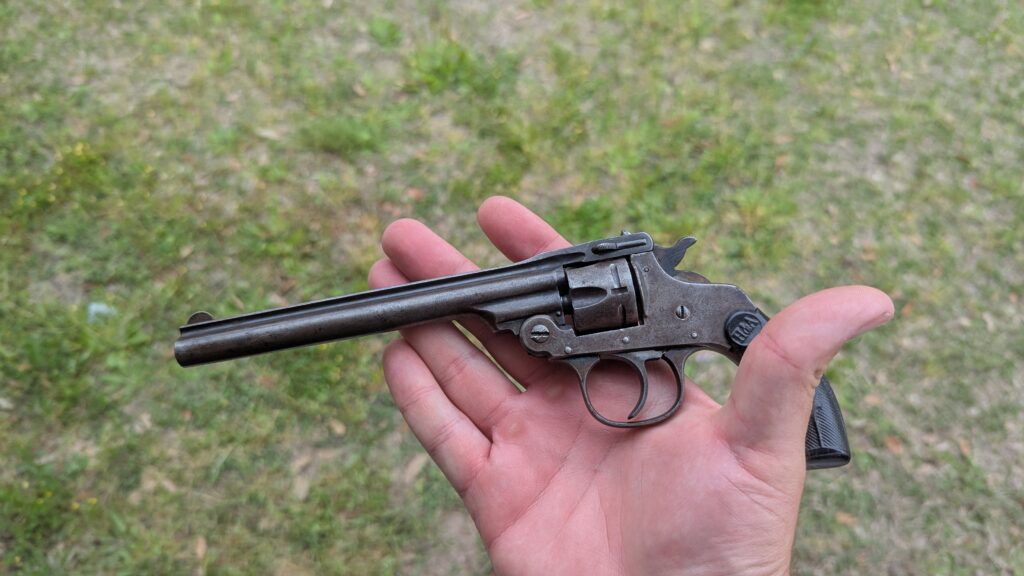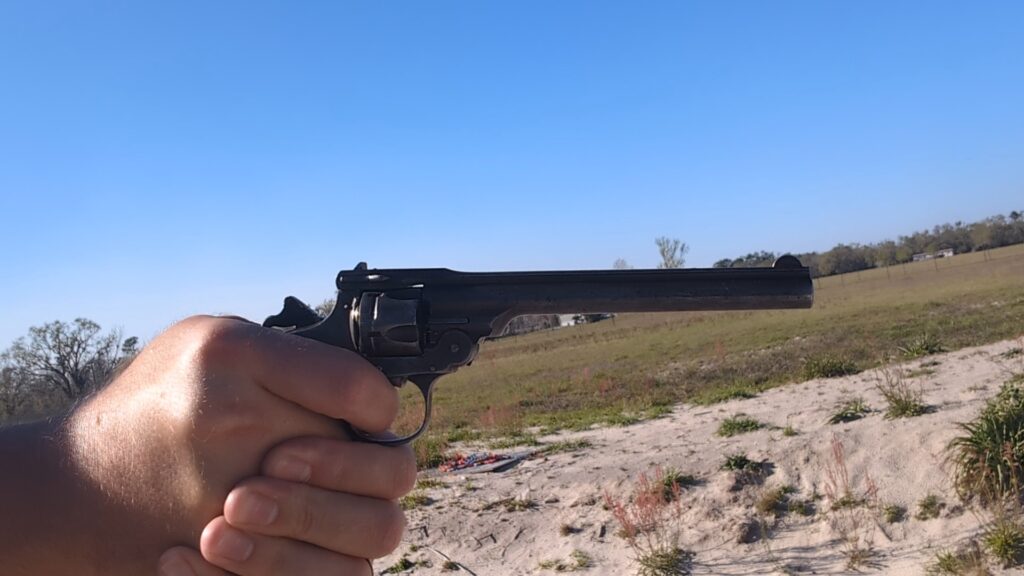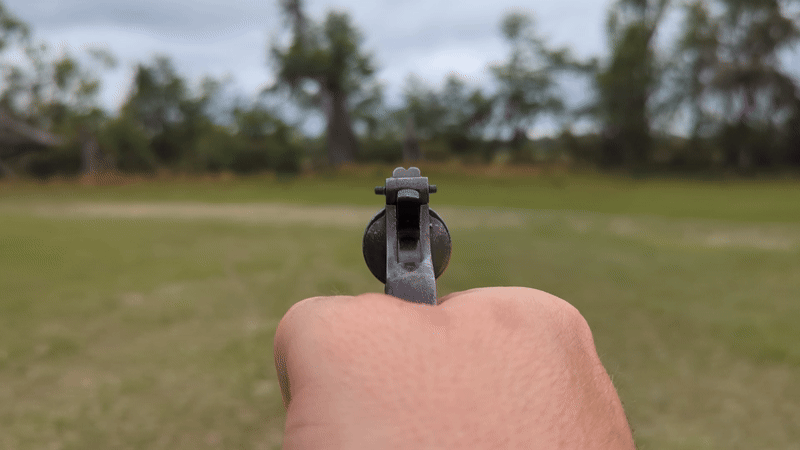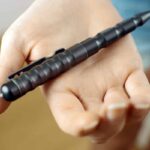Have you ever seen the movie Four Brothers? In it, Mark Wahlberg describes the three-shot burst of a Beretta 93R as a triple action. Sure, Hollywood is wrong all the time, but I thought it was interesting. What is a triple-action? We know single and double action. What action is a machine pistol? A continuous action? We are getting off topic. What about triple-action?
The water has always been muddy around actions. Traditionally, we assign the title of a single or double action based on what triggers do. A single action fires the weapon, and that’s it. A double action cocks and fires the weapon. It gets murky around partially cocked strikers like Glocks. The trigger finishes cocking the hammer and fires the gun.

But most people aren’t going to call that double action. The Lionheart Vulcan used to call its trigger a triple-action. The gun used a DA/SA trigger, and the user could press the hammer down to decock it. Typically, the trigger needs to commit the action to get a 1+.
There’s room for interpretation, and a little company called Hopkins and Allen designed what they called a triple-action revolver. Is it truly a triple-action? Let’s explore the gun and try to find out!
The Hopkins and Allen Triple-Action Revolver
You probably know next to nothing about Hopkins and Allen, and that’s fine. I’m an autist who doesn’t talk to girls and seemingly only occupies himself with guns, and I don’t know anything about Hopkins and Allen. As the kids say, let’s spit some surprising facts about the company.
- Owned Bay State Arms and was the agent for Merwin Hulbert and Company
- Lost most of their original factory in a fire
- Employed 600 people
- It was the third largest gun maker behind Colt and S&W in 1902
- The first triple-action revolver was created in 1908
The most surprising being the third biggest gun company, but you’ve heard of Colt and S&W. Hopkins and Allen never had a revolutionary design or designer that propelled them to the name recognition of the other big companies. They might have had that if their triple action had taken off.

The Triple-Action Safety Police revolver is the full name of this little gun. Police revolvers are interesting and differ greatly depending on where in the country you live. Out west, it was common to carry something like the .45 Colt, the .44 Russian, or any other caliber that starts with .4.
When you moved east to a more civilized world, the calibers shrank. The NYPD’s first revolver was the Colt .32 New Police. The .32 New Police wasn’t exactly a big-bore round.
This is important to understand since the Triple-Action Safety Police chambered the even less powerful .32 S&W.

Hopkins and Allen designed this top-break revolver for eastern police forces in varying lengths, including my massive 6-inch model. It’s a bit silly-looking, but it represented a police revolver of the era.
How The Triple-Action Worked
I’ve teased it enough. The triple action that’s part of this revolver isn’t anything crazy. The first two actions are predictable. The trigger cocks the hammer, then releases the hammer, and the gun fires. Finally, our third action occurs when you release the trigger.
When you release the trigger, the hammer raises off the firing pin and onto the revolver’s frame. This ensures the hammer cannot touch the firing pin until the trigger is pulled. The third action was a safety device.

It’s nothing crazy, but it was very interesting as far as I’m concerned. It clearly didn’t propel Hopkins and Allen into the limelight. The triple-action design was neat, but it wasn’t the winner they had likely hoped it would be.
Luckily, these are affordable, and it is easy to find guns. Easy as far as century-old guns go. They are quite well made, and my example still handles and fires nicely. If only Magtech ammo didn’t suck so bad.
Read the full article here













